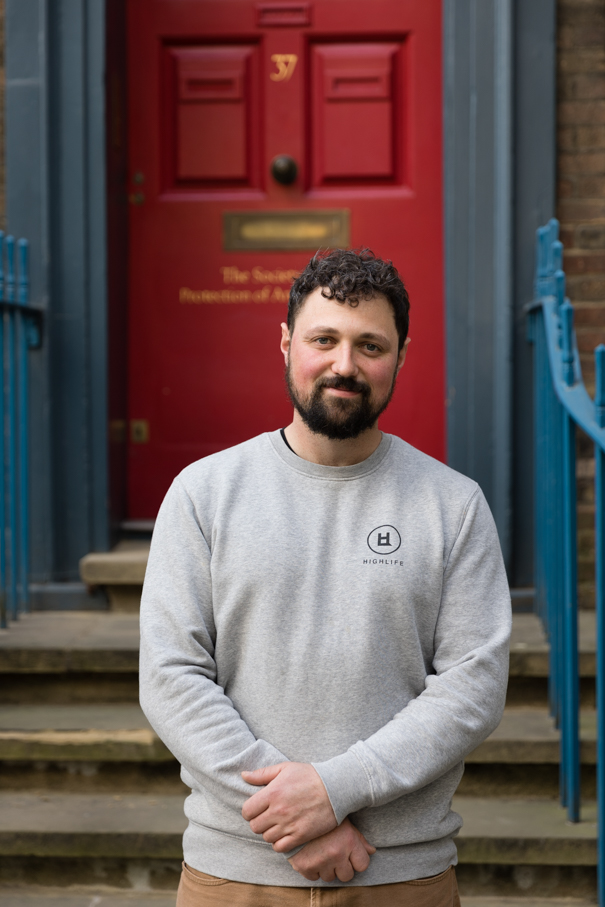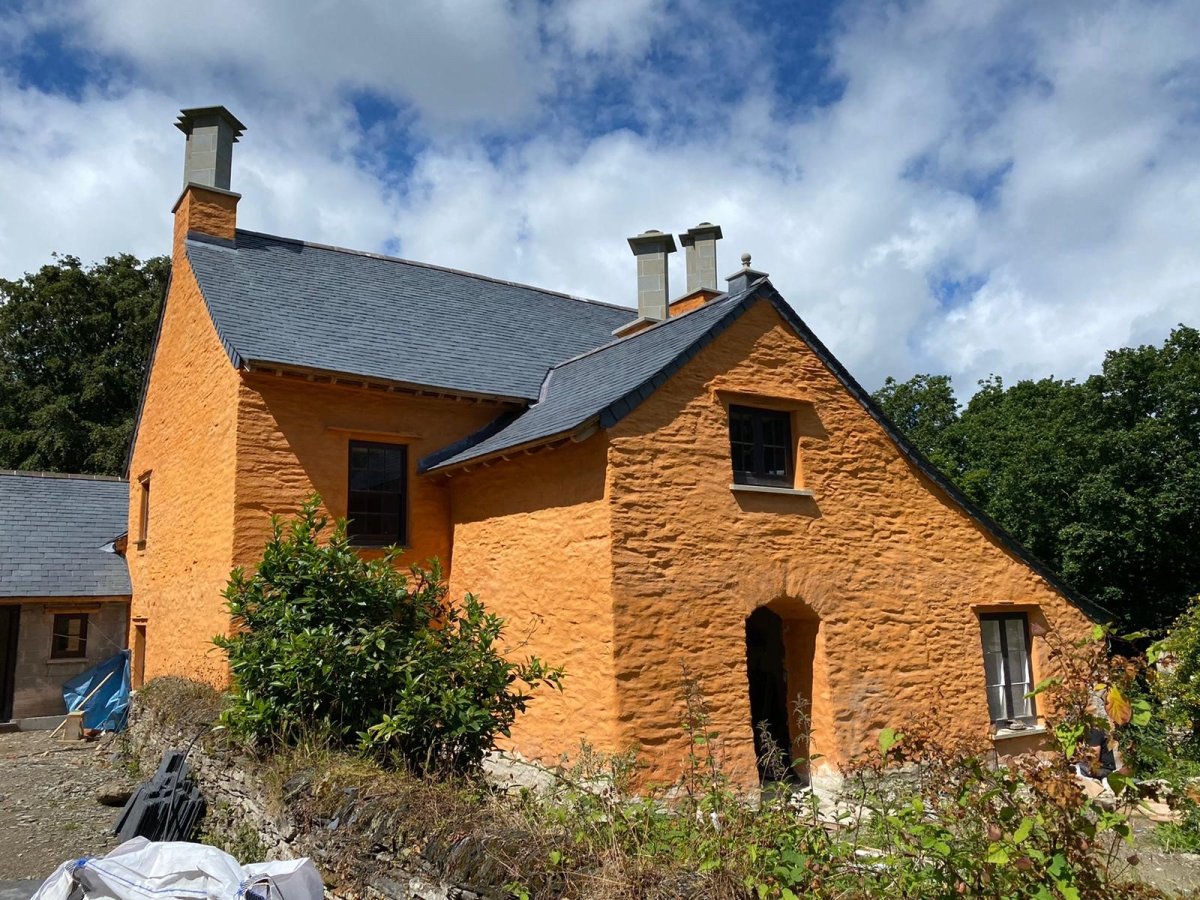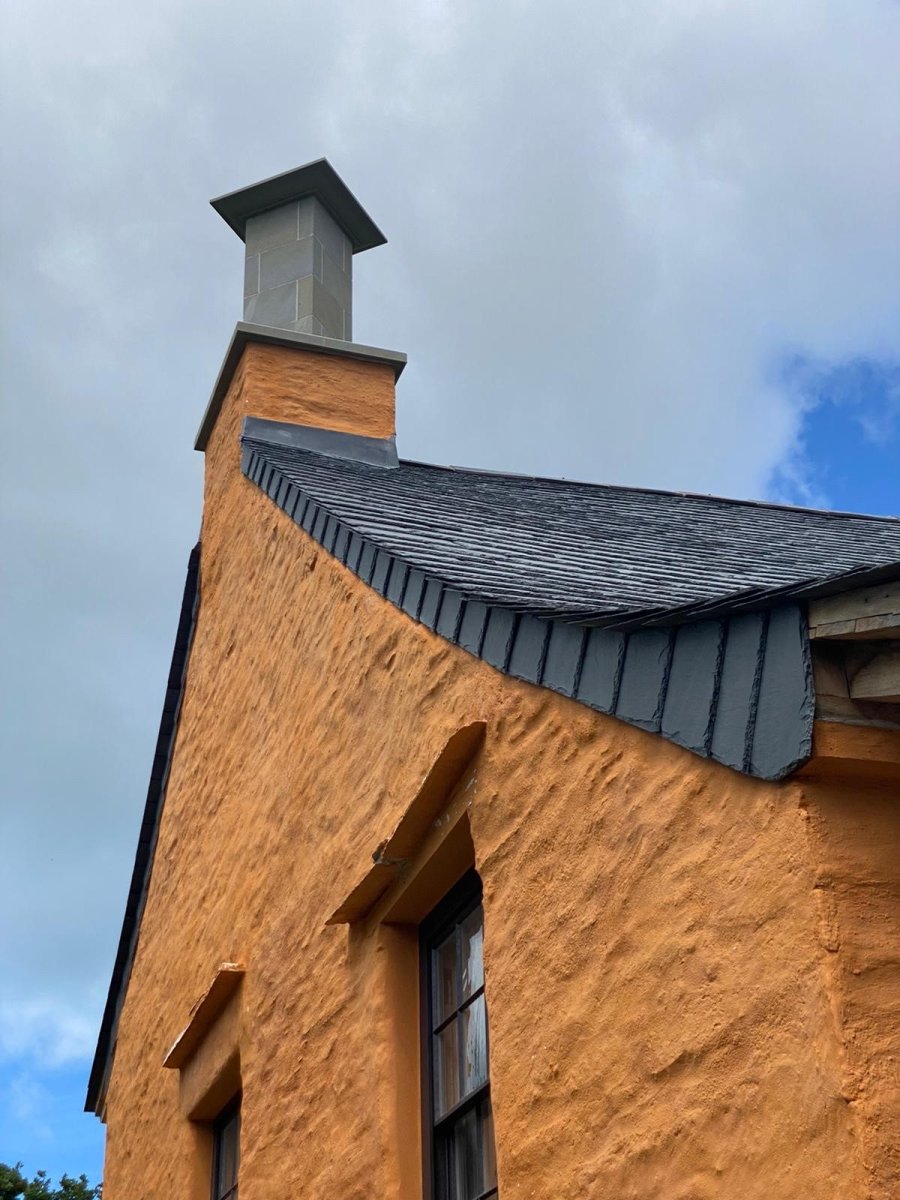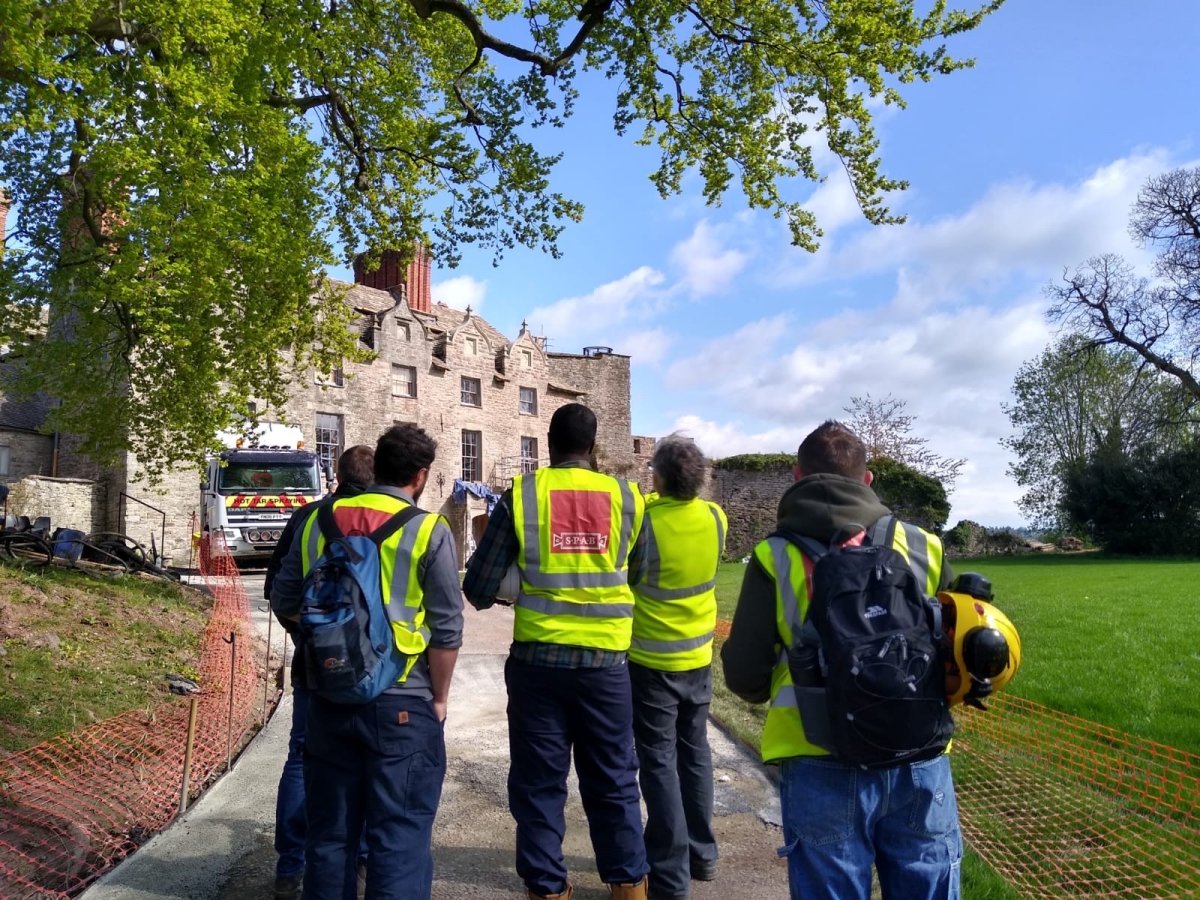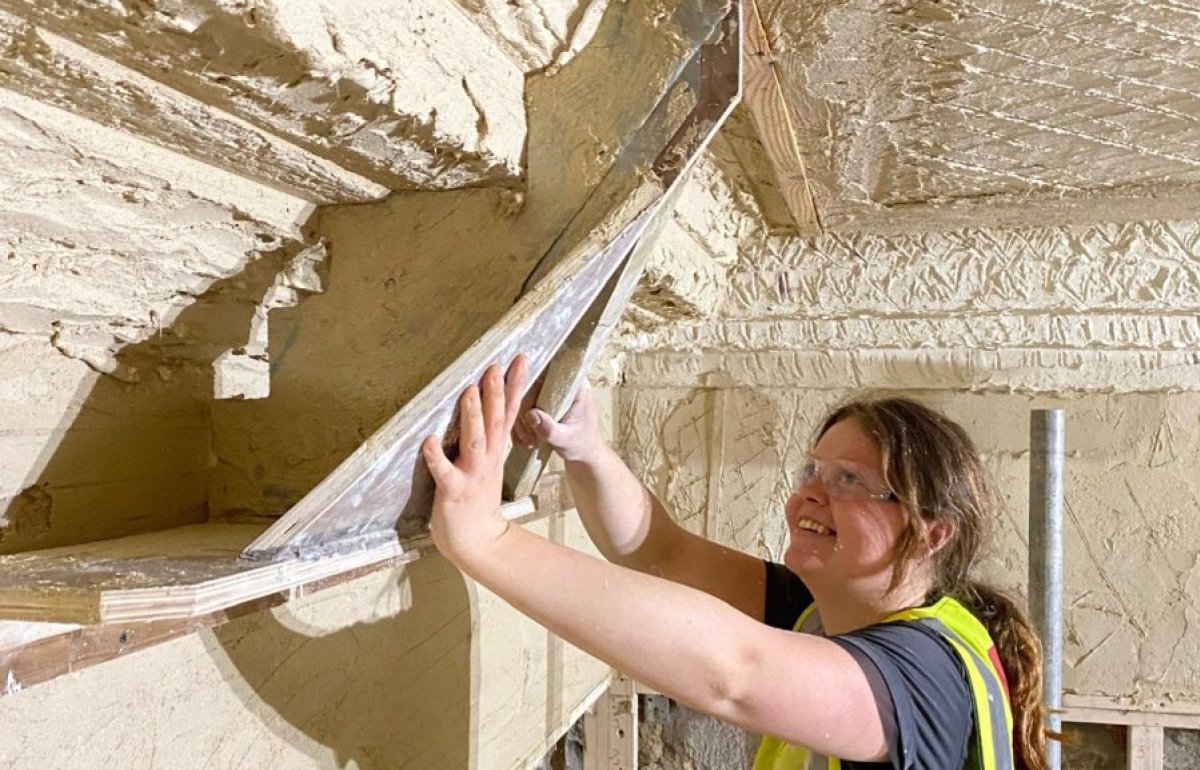SPAB Fellows: a sense of place
Share on:
2022 SPAB Fellow Steve Hogarth is a joiner and rope access technician. From his country-wide tour of building sites and workshop visits, he reflects on how to retain the 'feel' of historic spaces.
During the SPAB Fellowship we’ve had good opportunities to consider and discuss the SPAB Approach and its implications. The SPAB Manifesto, and the Approach drawn from it, are short documents that lay out an approach to conservation and a philosophical basis for considering historic buildings.
Steve at SPAB HQ. Credit: Ralph Hodgson
There will inevitably be nuances to the approach to each every historic building project. The SPAB Approach lays out the most essential practical and philosophical considerations. However, I believe there are many other considerations beyond those laid out in the Approach and it is important to consider these during works to historic buildings.
Perhaps an understandable oversight in the SPAB Approach is the feel of a historic building – the sense of being in an ancient space. This sense is hugely appreciated by residents, and visitors of these buildings and can be so easily lost during renovation works but can also be enhanced and celebrated. It is something I feel is worth conserving in addition to the fabric.
One Tudor farmhouse we visited in rural West Wales was undergoing significant conservation and renovation. In its previous state the original spaces had been divided with modern plasterboard, the walls plastered smooth with gypsum and the floors flattened with chipboard and concrete. The towering Tudor chimneys had been lowered to a stub and the windows replaced with UPVC. Without an observant eye there was little sense inside or out that the building was of any interest.
The farmhouse under repair. Credit: Steve Hogarth.
Clearly, attempting to reinstate Tudor features would be a falsehood and would turn a place with genuine history into an odd mock-up of what it may have been. Modernising and refurbishing the building with standard modern techniques would also leave the building unremarkable and with no indication of its history and beauty.
The architect has chosen to act on these considerations, and specifically – to indicate its former glory – rather than recreate it or allow it to remain hidden. This has been achieved with changes which are visibly modern additions, but allow the building to announce itself as the grand Tudor farmhouse it once was.
Failed uPVC windows have been replaced with modern timber casements – but with the weight and layout of Tudor windows. The chipboard floors have been replaced with wide Elm boards – brand new and visibly so. The surface textures and finishes throughout have been changed from modern flat renders and plasters to soft and conforming lime plaster and limewash. Bright orange exterior limewash is an exuberant announcement that the building is something special, while remaining informed by historical precedent.
Most boldly of all, new chimney stacks have been added. These are visibly new and rest gently on existing fabric, but declare the grandeur of the house and transform the impression and interpretation of the building. Approaching, and being inside the building put me in mind of other Tudor grand houses – such as Tretower and Hampton court. The light and air shared a similar quality and it felt right.
New chimney stacks completed. Credit: Steve Hogarth.
Something we often hear in conservation is the idea of “minimal intervention”. Though a sound starting principle, this ignores what may be lost from gentle interventions which preserve fabric but damage the experience of a space. Conserving the “feel” of buildings is understandably at the very edges of the SPAB’s remit, but I feel is critical to the future of these buildings, and to future generations appreciation and interpretation of them.
The 2022 Fellows visit Hay Castle. Credit: Steve Hogarth.
The SPAB Fellowship gives outstanding craftspeople the chance to refine their skills for working with historic buildings. We are now inviting applications for our 2023 Fellowship. Read more about the scheme and please contact us if you have any questions via education@spab.org.uk.
Sign up for our email newsletter
Get involved

